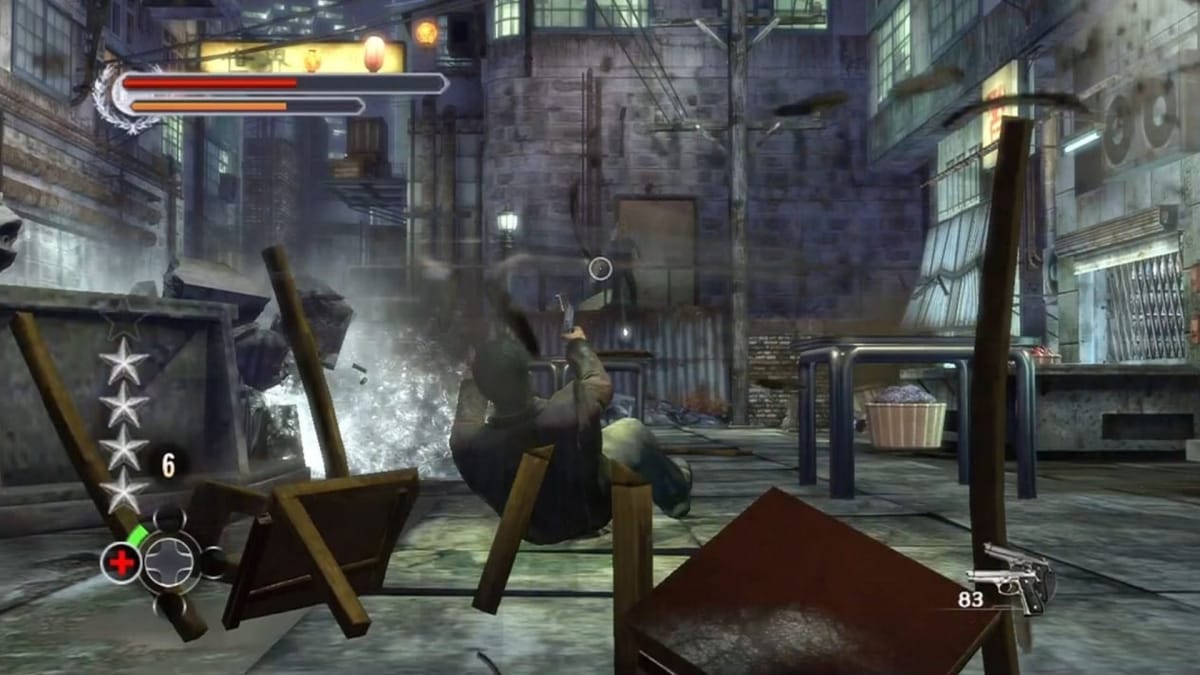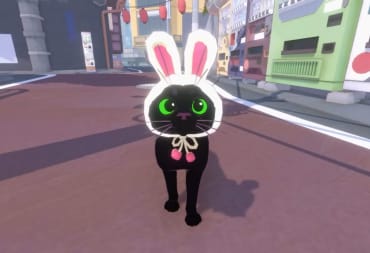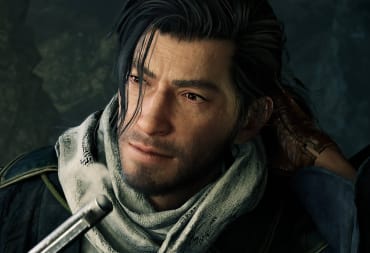It's impossible to deny the influence of Hong Kong director John Woo. From The Matrix to Cowboy Bebop, it seems a good majority of pieces of contemporary action media have little traces of John Woo somewhere in their DNA.
If you've ever seen a character in any work of fiction walking around dual-wielding pistols while wearing shades and a trench coat, congratulations, you've seen someone pay tribute to John Woo. Of course, our favorite pastime is no exception - Sleeping Dogs, Max Payne, F.E.A.R, and many more all have much to owe to John Woo's stylized action movies, more specifically classified as "Heroic Bloodshed" movies.
But of course, it was only a matter of time until the man himself stepped into the ring with the licensed sequel to his iconic 1992 film Hard Boiled, simply known as John Woo's Stranglehold.

Considering it's being directed by the man himself, it's hard to get any more quintessentially John Woo if you tried. Doves fly, many guns are plated gold, and Inspector Tequila makes it a point to disobey direct orders at every opportunity he gets.
But what's really impressive is that the game goes above and beyond just making the John Woo elements aesthetic. No, the gameplay is designed in a way to make nearly every moment feel like something out of one of John Woo's films.
The first way Stranglehold manages to accomplish this lofty feat is to nail one of his trademarks. Guns never reload; they never have to. It doesn't matter if you're carrying a shotgun, a pistol (Or, in true John Woo fashion, two), or a damn LMG, John Woo's Stranglehold promises that you as long as firearms are in your grasp, those magazines will be bottomless.
And, it's a good thing too, because in the world of John Woo, guns are more than just weapons. They also happen to be wonderful tools for interior decoration.
As such, you can rest assured that if you shoot at something in John Woo's Stranglehold, there's a 99% chance that it will explode into particles. Glass bottles, wooden crates, watermelons, you name it, the amount of sheer environmental destruction on display in John Woo's Stranglehold is astounding.

Of course, this goes further than just providing some nice particle effects; it's a huge element of combat as well. Every area of engagement is filled with little things you can shoot at to wipe enemies out more efficiently, be that as standard and boring as using explosive barrels to make the faceless gangsters go up in flames or as delightfully insane as peppering a neon sign with enough gunfire to send it crashing down, flattening anyone unlucky enough to be waiting underneath.
All of these elements are neat little components for making John Woo's Stranglehold feel like an authentic John Woo experience, but what really seals the deal is the way our hero Inspector Tequila Yen utilizes the environment for the sake of movement.
If there's a chandelier, you can swing on it. If there's a table, counter, or any other low object, you automatically slide over it. If there's a rail on a flight of stairs, you can run up it or slide down it at your leisure—no questions asked.
To make it even better, the presence of any enemies during these crazy feats of environmental traversal will instantly trigger bullet ti– I mean "Tequila Time," allowing you to accurately line up shots.
Not only is it more fun than just walking around and shooting from behind cover, John Woo's Stranglehold encourages you to play as stylishly as possible by rewarding kills under these insane circumstances with points that can be traded for power ups on the fly.
Basically, if you want to keep the stream of points flowing, you're going to have to play John Woo's Stranglehold as John Woo-y as possible, sliding and diving around levels, blasting apart the intricately detailed environments with an endless barrage of gunfire.
Many games before and after John Woo's Stranglehold have attempted to make their games feel more like movies by taking control away from the players in favor of scripted set pieces, but Stranglehold does the exact opposite, setting up systems for players to make their own. And it's all the better for it.
This post was originally published in 2016 as part of our Bullet Points series. It's been republished to have better formatting and images.
Have a tip, or want to point out something we missed? Leave a Comment or e-mail us at tips@techraptor.net








